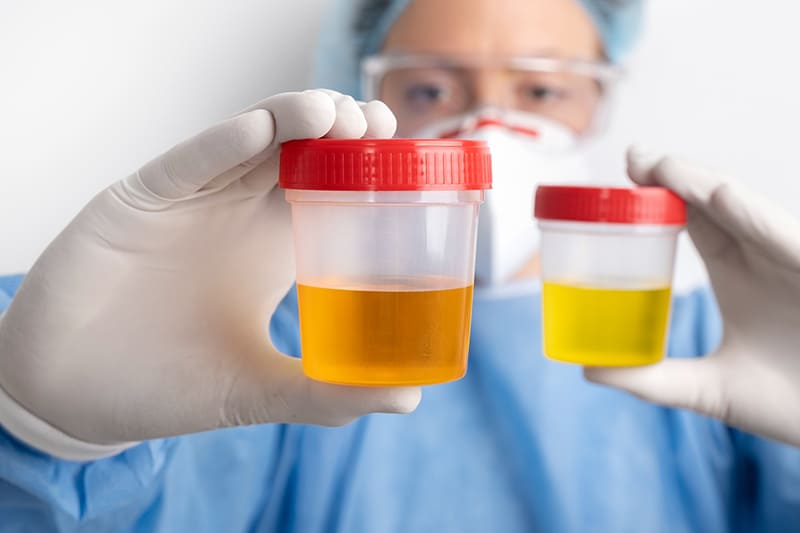Direct Observation Urine Collection: When And How?
The Department of Transportation doesn’t want to invade a person’s privacy. When an employee comes in for testing, they enter the restroom alone, collect urine in the specimen jar, and hand it in as they leave the restroom. This system works in most cases but relies heavily on honesty and compliance with rules and procedures. Most drivers are given an opportunity to provide a sample in this manner. However, if something about their sample or test results leads the collector to believe the individual tried to cheat the drug test, they may request the driver participate in a direct observation test to ensure the results are accurate. Direct observation is a last resort, not the preferred method.
What Is The Direct Observation Urine Collection?
Direct observation urine collection is an invasive but necessary safeguard to keep CDL operators from driving on public roads in heavy and often dangerous commercial vehicles while under the influence of mind-altering substances. Banned substances are those that slow a driver’s reflexes, affect their judgment, or make them too sleepy to be safe behind the wheel.
The steps for direct observation are as follows:
- The sample collector must either be the same gender as the employee or instruct an observer of the same gender from their office in the proper procedure.
- Prior to the urine sample collection, the observer must verify the employee hasn’t brought in a prosthesis device with clean urine to substitute for their own. The observer instructs the employee to raise their shirt past their navel and their pants/underwear to the middle of their thighs while the employee turns around once to prove they aren’t trying to cheat.
- Cheating: If they did bring urine in to substitute for their own or something with which to contaminate the sample, the employee cannot proceed. The collector documents everything that happened in the remarks section of the CCF and notifies the DER. This is officially considered a refusal to test, which essentially is a failed test.
- Not Cheating: Once they’ve proven that the urine sample could not come from anywhere other than their body, they move on to the next step.
- The observer allows the employee to fix their clothing to feel more comfortable but must watch the urine go from their body into the collection cup and take the cup to the collector to complete the collection with labeling and documentation. If the employee refuses any part of the process, it’s considered a failure to test, and they cannot get their DOT medical card.
When Is The Observed Collection Appropriate?
Thankfully, the observed collection is not for a run-of-the-mill drug test. DOT testing providers only have authorization and need to perform an observed collection when the employee fails a drug test for one of the following reasons:
- The sample given is the wrong temperature, suggesting they might have brought in someone else’s urine to substitute for their own to avoid a positive drug test.
- The employee is caught trying to tamper with the sample. Signs of tampering could include unusual color, odor, or other characteristics atypical for a fresh urine sample.
- The employee brings something in their pockets or wallet/purse that could be used to contaminate the specimen.
- The collector notices behavior suggesting they might have tampered with the sample.
- The test results were atypical compared to normal specimens, and the employee could give no legitimate medical reason to explain it.
- The employee’s split specimen test could not be performed, and the test result was canceled.
- The employee failed the test and must complete a clean return-to-duty test.
To Sum Up
While a direct observation may feel uncomfortable for everyone involved due to the invasive nature of the collection process, it is an essential tool in verifying that drivers are fit to drive commercial vehicles. Following procedure as taught in a certified urine specimen collector training course will help ensure the results of the test are accurate.
The Department of Transportation is tasked with protecting public safety. As operators drive vehicles that are more dangerous than private passenger vehicles due to their unusual size, passenger load, or cargo, the DOT requires drivers meet a higher standard than private vehicle drivers. Stiffer rules only come into play when a driver appears untrustworthy to verify testing results are beyond question.

